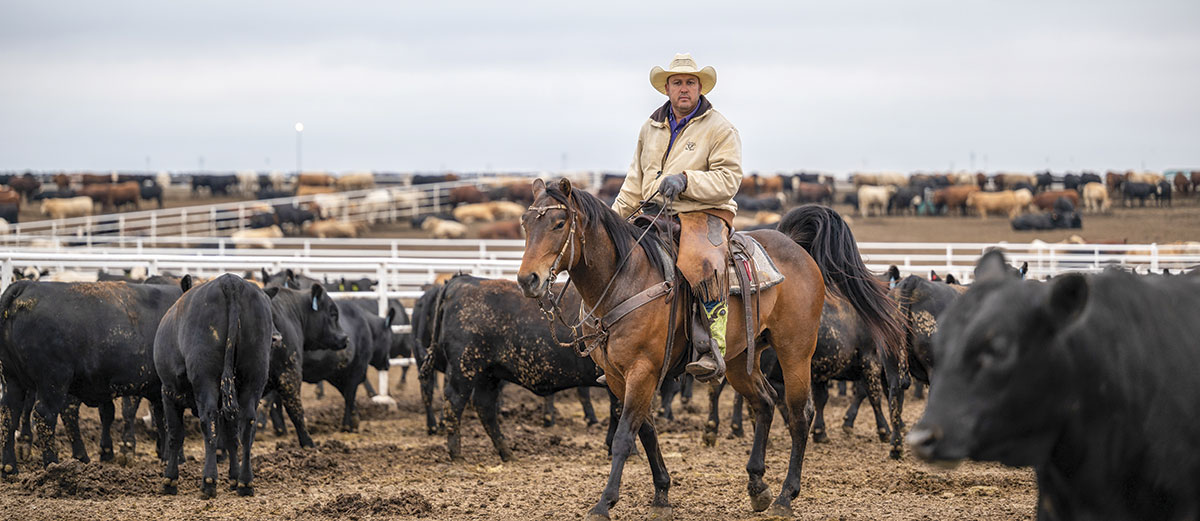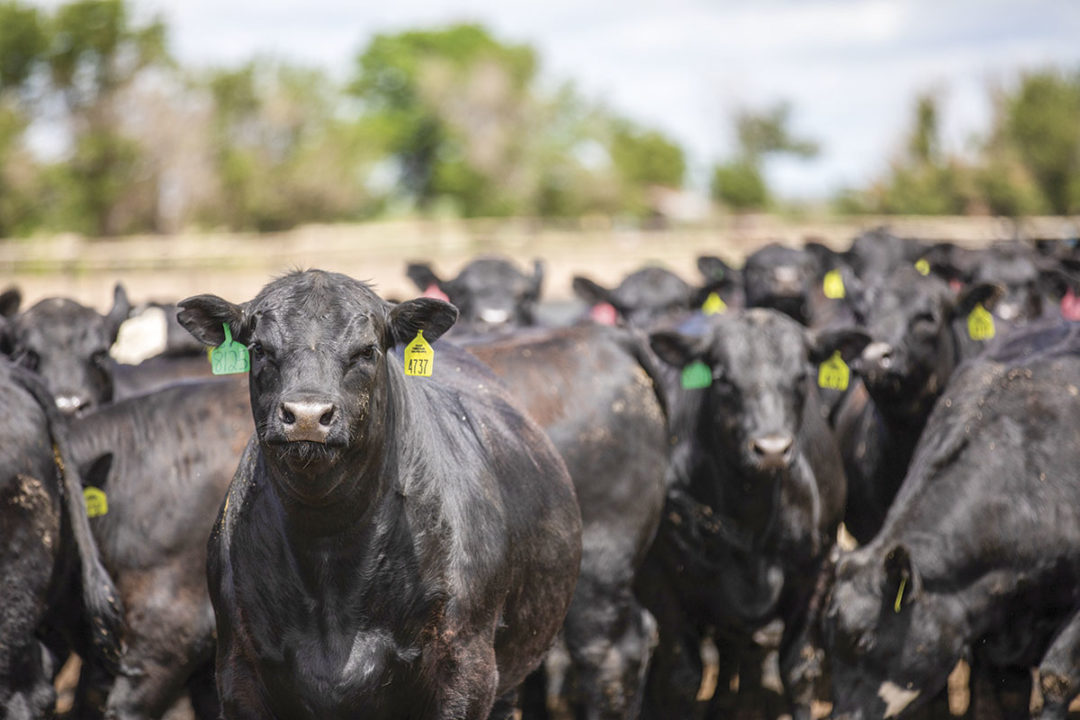Have cattle to feed? Avoid the cookie-cutter plans, says Warren Rusche, extension feedlot specialist at South Dakota State University. Not every ranch, pen or feedlot is alike or ideally suited to handle the same class of cattle.
David Trowbridge, longtime manager of Gregory Feedlot in Tabor, Iowa, says a manager should be able to look at a customer’s pen and know, “I have a good market for those cattle.”
There is a long checklist of ways cattlemen can help themselves when selecting a feedyard. Here are the top 12 tips:
1. Do your homework. Ahead of marketing season (early summer for spring-born calves), make phone calls to narrow the list and follow up with yards that fit the bill. Don’t wait until just before the sale to make contact with buyers.
2. Stick to a timeline. If selling direct or partnering in a private-treaty transaction, share the timeline to solidify an agreement with a buyer. Talk with the feedyard well in advance about available spots and when the calves will be ready.
3. What’s the marketing strategy? The feedyard should know the best way to market your cattle. That includes grid marketing experience. Ensure the yard can capitalize on your genetics.
4. Know financing options. A cow-calf operator could sell outright, retain ownership or partner with the feedyard, the choice often depending on financing options. “It can be an attractive option for cash flow or the ability to forgo income for a few months,” Rusche says.
5. Make sure the yard can handle your specific needs. Can it manage the age of your calves? Unvaccinated heifers? Preconditioned feeders?
6. Cost is important, but so is cost of gain. “Make sure you’re comparing ultimate bottom line, not just some of the components that go into it,” Rusche says.
7. Be data wise. If data collection is important, discuss that with the manager, so they’re prepared to make it available.
8. Provide key information. Being open about the source of genetics, health protocols and veterinary receipts can add value. There’s opportunity for commercial producers using Angus genetics and offering extra information through programs like AngusLink, Rusche says.
9. Ask about risk. “You need someone that’s going to give you an honest assessment of what the situation is. I don’t always recommend that a producer finish cattle,” Trowbridge advises. “But you have to look at what your options are, what your risk aversity is and make a decision.
10. Value the relationship. If you’re happy with your feedyard, avoid the temptation to go elsewhere. “It’s about the relationship, having that personal touch where the manager calls you when there’s a problem or when there’s success,” Trowbridge says.
11. Get it in writing. “Even if we never have to pull that piece of paper out again, the fact that it’s written down helps people remember exactly what we agreed to and know what the expectations are,” Rusche says.
12. Be up-front. A successful feedlot accurately assesses and values risk. “The more questions the rancher can answer, the less risk those calves present and the more valuable they become,” Rusche says. Opportunity cattle – those with unknown genetics and health – are attractive only when they’re cheap. “No rancher I know has a goal to sell cheap calves,” he adds.
 Photo courtesy of Certified Angus Beef.
Photo courtesy of Certified Angus Beef.
The human element
Relationships only build over time, so continue conversations every year. Don’t underestimate the human side of feedyard selection. Visit the yard, and take note of its overall appearance. Is there feed outside the bunks? How do personnel act around the cattle?
Trowbridge says cattlemen should meet with the management team and learn their business philosophy. “You don’t really feed cattle with Gregory Feedlots; you feed cattle with David Trowbridge,” he says.
Also, get references from the feedyard’s nutritionist and veterinarian, plus current and former customers. “The really good, professional yards aren’t going to be afraid of you knowing who their customers are that are happy,” Rusche says.
Ranchers and feedyards should align their ideals. “Do they have the facilities, management, skills and labor to manage health risks and get cattle to convert as efficiently and cheaply as possible and then deliver a product that is going to have as much value as it can in the marketplace?” Rusche says. After all, that’s good for all involved. “We’re providing a product that our customers have to use,” Trowbridge adds. “Ultimately, the customer has to make money for the feedlot to continue to make money. ![]()
This first appeared in the Certified Angus Beef Cattlemen Connection enewsletter.
Visit the CAB Cattlemen Connection website for more stories like this.
PHOTOS: Photos courtesy of Certified Angus Beef.








